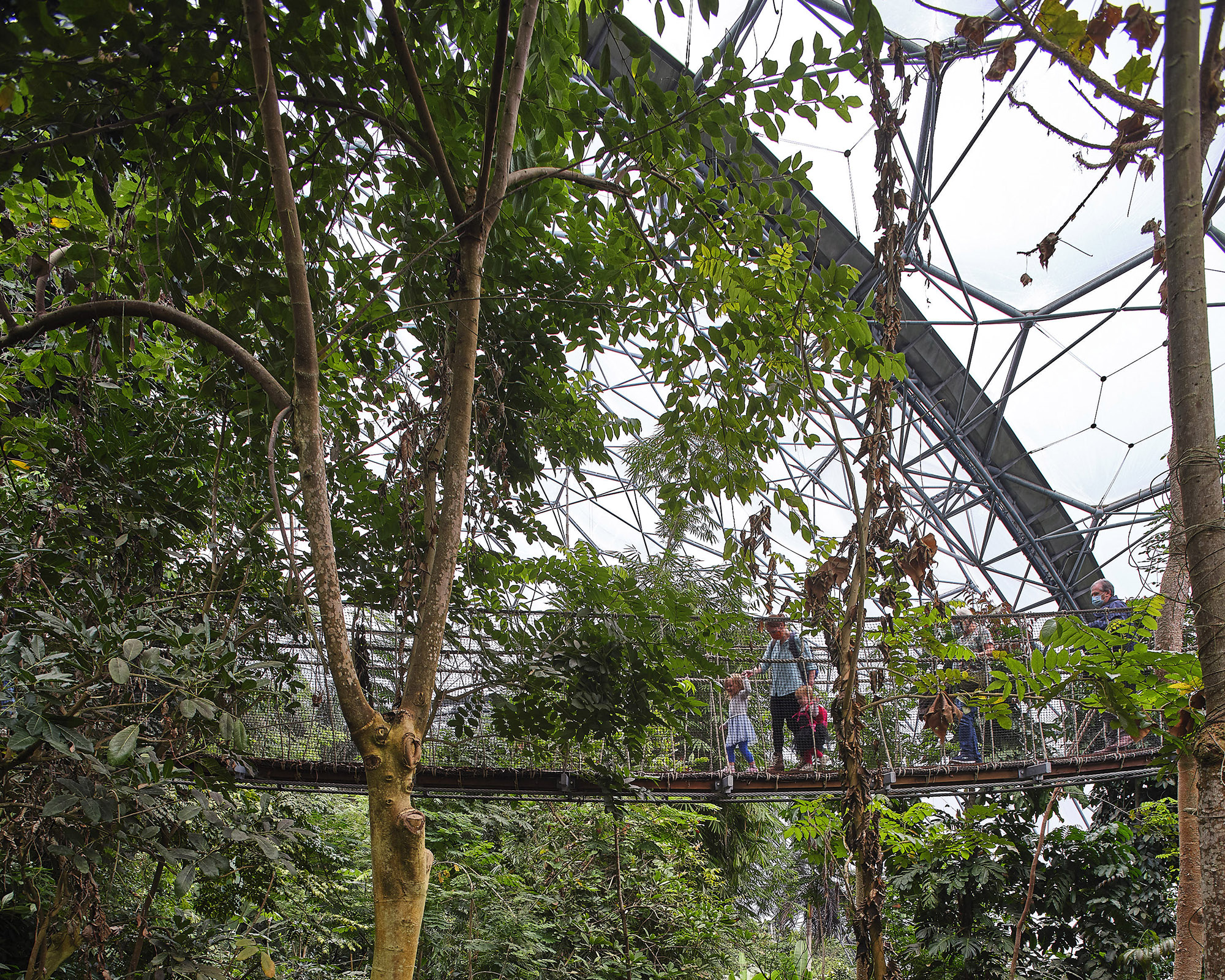
Introduction
At Tate+Co Architects we recognise the urgent need for sustainable practices within the architectural industry. We understand our responsibility to minimise our environmental impact, promote social equity, and contribute positively to the communities we serve. This sustainability policy outlines our commitment to integrating sustainable principles into all aspects of our operations.
Commitment to Sustainability
At Tate+Co Architects we are committed to providing a quality service in a manner that ensures a safe and healthy workplace for our employees, visitors and minimises our potential impact on the environment. We operate in compliance with all relevant environmental legislation and strive to use pollution prevention and environmental best practices in all we do.
We recognise the importance of reducing our carbon footprint and conserving natural resources in all phases of our work, from initial concept to project completion.
We are committed to integrating sustainable design principles into every project we undertake, striving to minimise environmental impact while maximising social and economic benefits.
Our Workplace
Our responsibility to promoting sustainability begins in our own workplace where we integrate sustainable practices into our daily operations.
We make sure the following principles are always adhered to:
- We promote efficient use of space heating/lighting, equipment, materials and resources including water, electricity, raw materials and other resources, particularly those that are non-renewable.
- We encourage employees to turn off lights, computers, and other electronic devices when not in use to conserve energy.
- We aim to minimise waste generation by promoting paperless practices, using electronic communication and documentation whenever possible.
- We reduce waste through re-use and recycling and by purchasing recycled, recyclable or refurbished equipment, products and materials where these alternatives are available, economical and suitable.
- We ensure responsible disposal of remaining unavoidable waste.
- We avoid unnecessary use of hazardous materials and products, seek substitutions when feasible, and take all reasonable steps to protect human health and the environment when such materials must be used, stored and disposed of.
- We promote environmental awareness among our employees and encourage them to work in an environmentally responsible manner, such as working electronically wherever it is safe and secure to do so while ensuring that all key information is fully and securely backed up.
- We consider the environmental and social impact of suppliers and vendors when making purchasing decisions, favouring those with strong sustainability credentials.
- We explore opportunities to support local businesses and suppliers to reduce transportation emissions and promote economic resilience in our community.
- We use public transport and promote cycling in preference to travel by car wherever it is possible and effective to do so. This includes the offering of a Cycle to Work Scheme and the payment of annual bike servicing.
- We integrate the consideration of environmental concerns and impacts into all our decision making and activities.
- We communicate our environmental commitment to clients, customers and the public and encourage them to support it.
Our Designs
We recognise that the products of our designs will have far more environmental impact than our own operations therefore we are further committed to exercising our professional skills in such a way as to minimise environmental impact and promote sustainability with our clients.
Strategies we integrate into our design process:
- Understand what is already there
- Develop a holistic strategy
- Integrate nature
- Make space for communities
- Stakeholder engagement
- Whole Life Carbon
- Get the best team together
- Really listen
We are committed to the following principles:
- To raise the awareness of clients about sustainability and environmental protection and help the members of the design team to develop a shared vision of environmental aspirations.
- To ensure as far as possible that building projects are supported by a travel plan that promotes sustainable travel choices through public transport and cycling provision.
- To assess sites for their ecological value and microclimate, and ensure buildings make best use of the natural features of the site including sun, wind and landscape.
- To ascertain the potential for local power generation from renewable energy sources locally or on site.
- To ensure that biodiversity is protected or enhanced in every project.
- To make best use of orientation and shape to reduce the need for artificial forms of active conditioning.
- To operate a ‘right-first-time’ culture for our production information in order to avoid wasteful site reworking.
- To minimise the use of construction materials and specify materials/components with the optimum balance between environmental impact and performance in use.
- To ensure that building services are inherently efficient and controllable, and that metering encourages monitoring and management of resource use.
- To ensure that buildings are commissioned fully before handover, and that full operating manuals are provided.
- To support clients in the first few months of operation by providing on-site training and advice to ensure that systems are fine-tuned and operate in accordance with the design intent.
- To prioritise social equity and inclusion in our projects, striving to create spaces that are accessible, inclusive, and beneficial to all members of society.
- To actively engage with local communities, stakeholders, and end-users to ensure our projects meet their needs and contribute positively to their quality of life.
- To commit to ongoing education and professional development to stay informed about the latest advancements and best practices in sustainable design and construction.
- To regularly review and assess our sustainability performance, setting targets for improvement and implementing corrective actions as needed.
